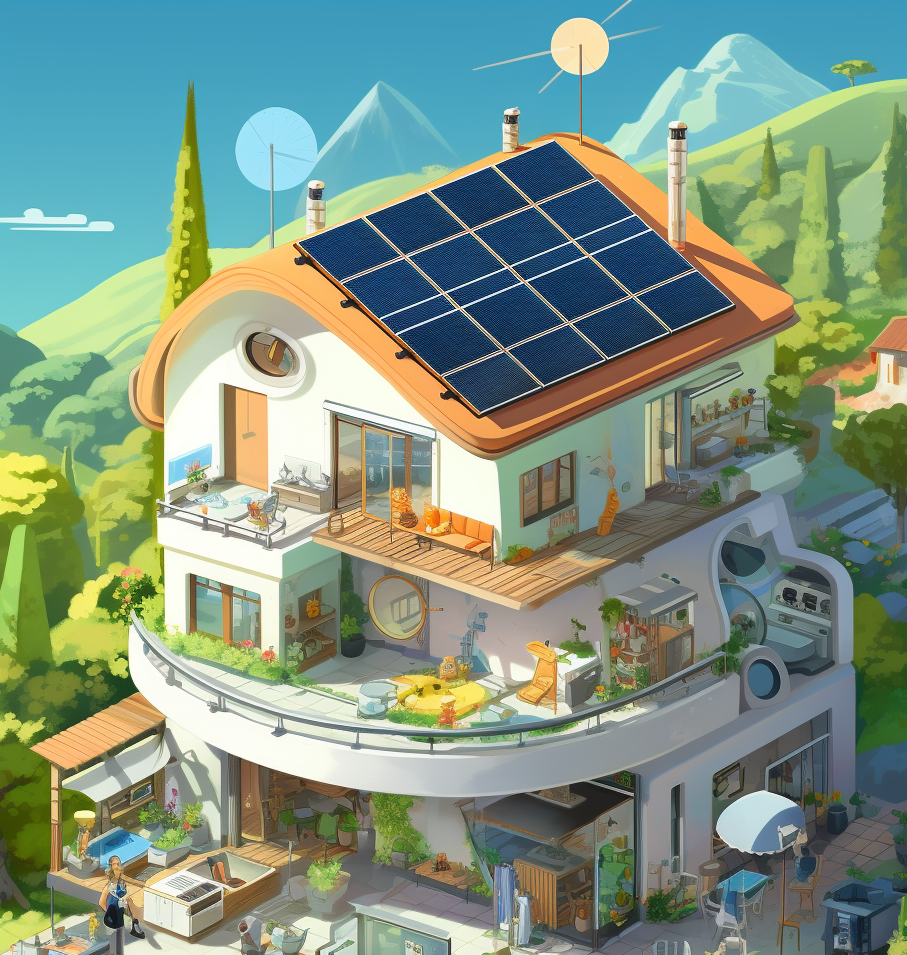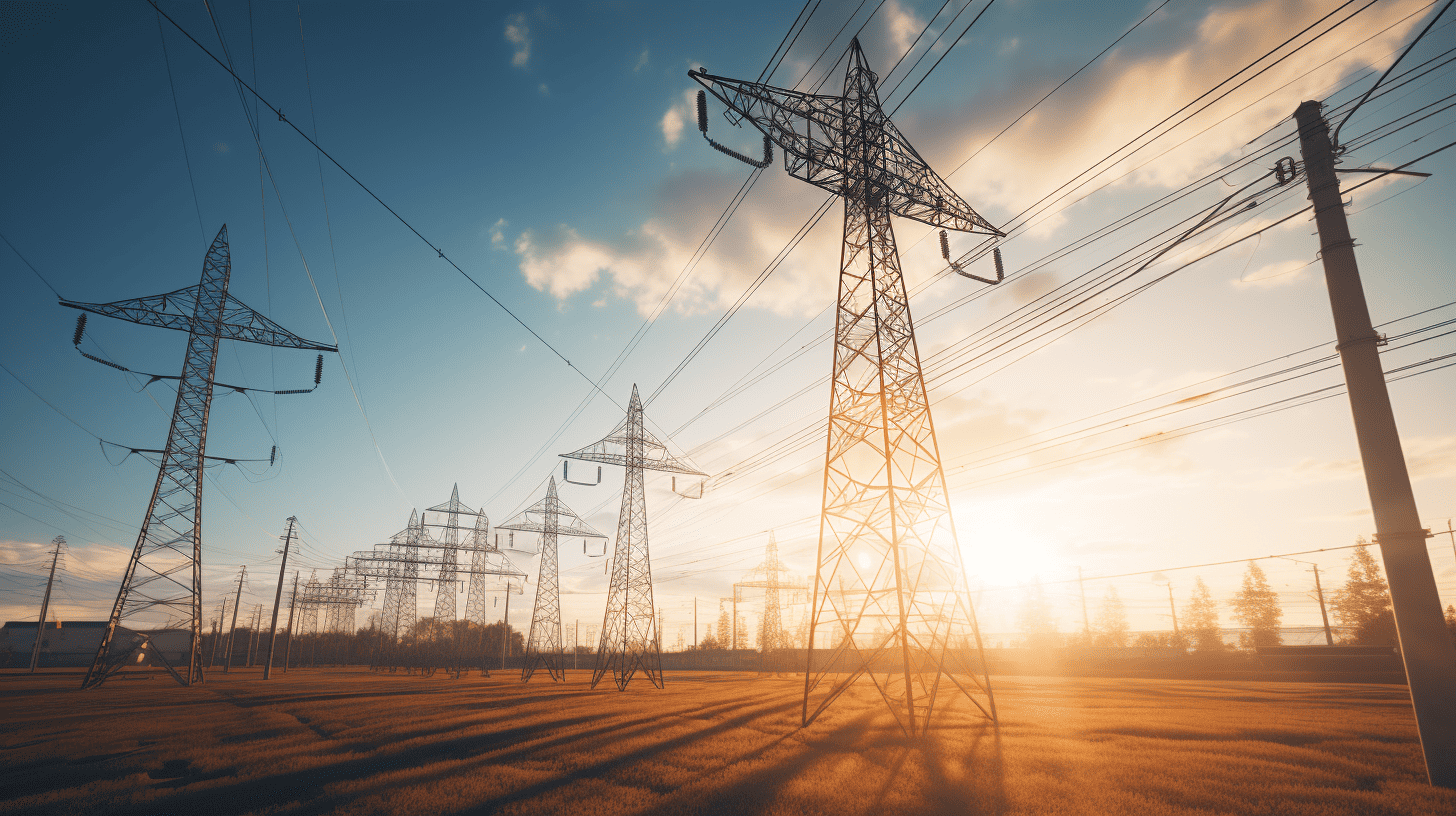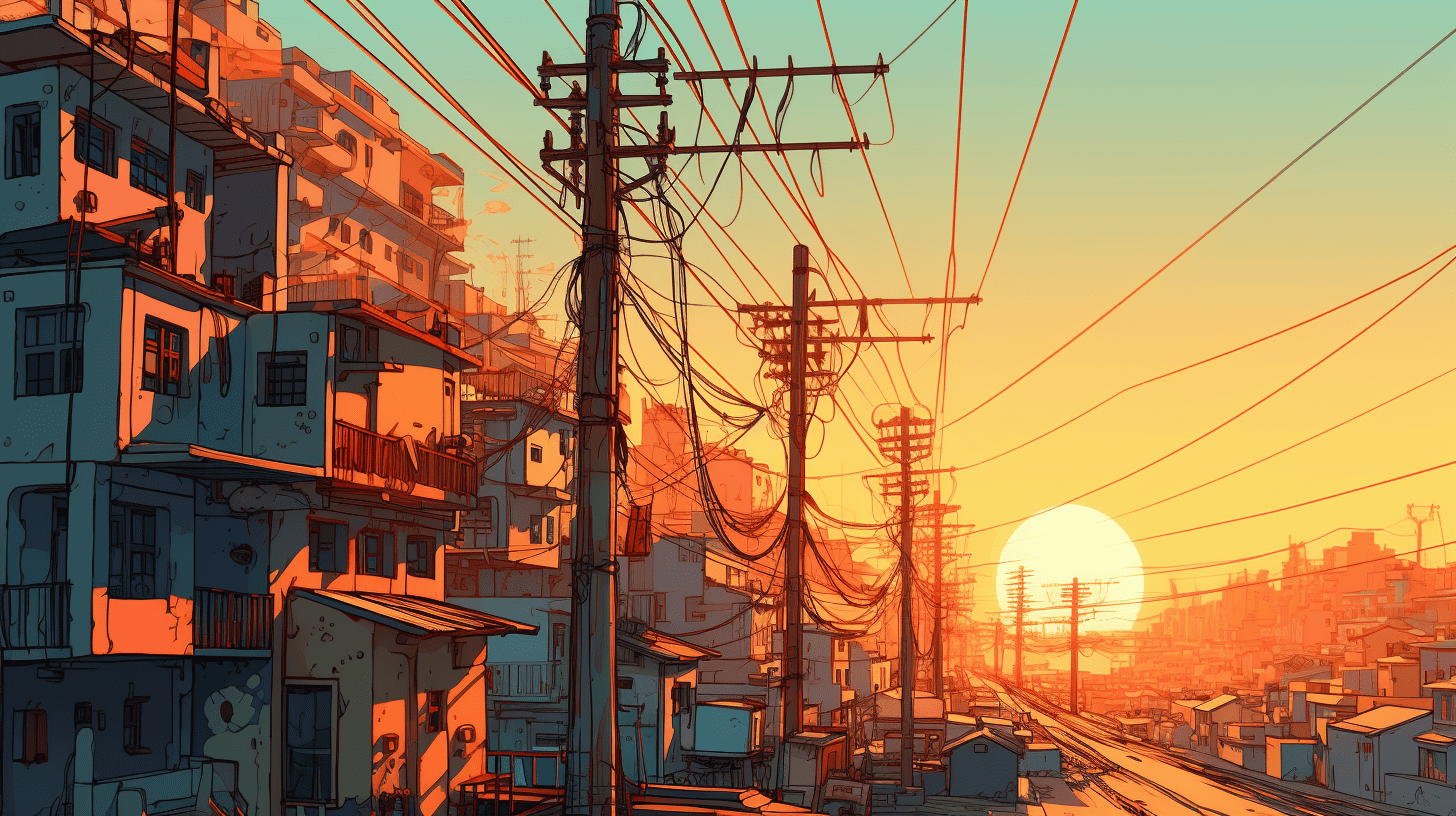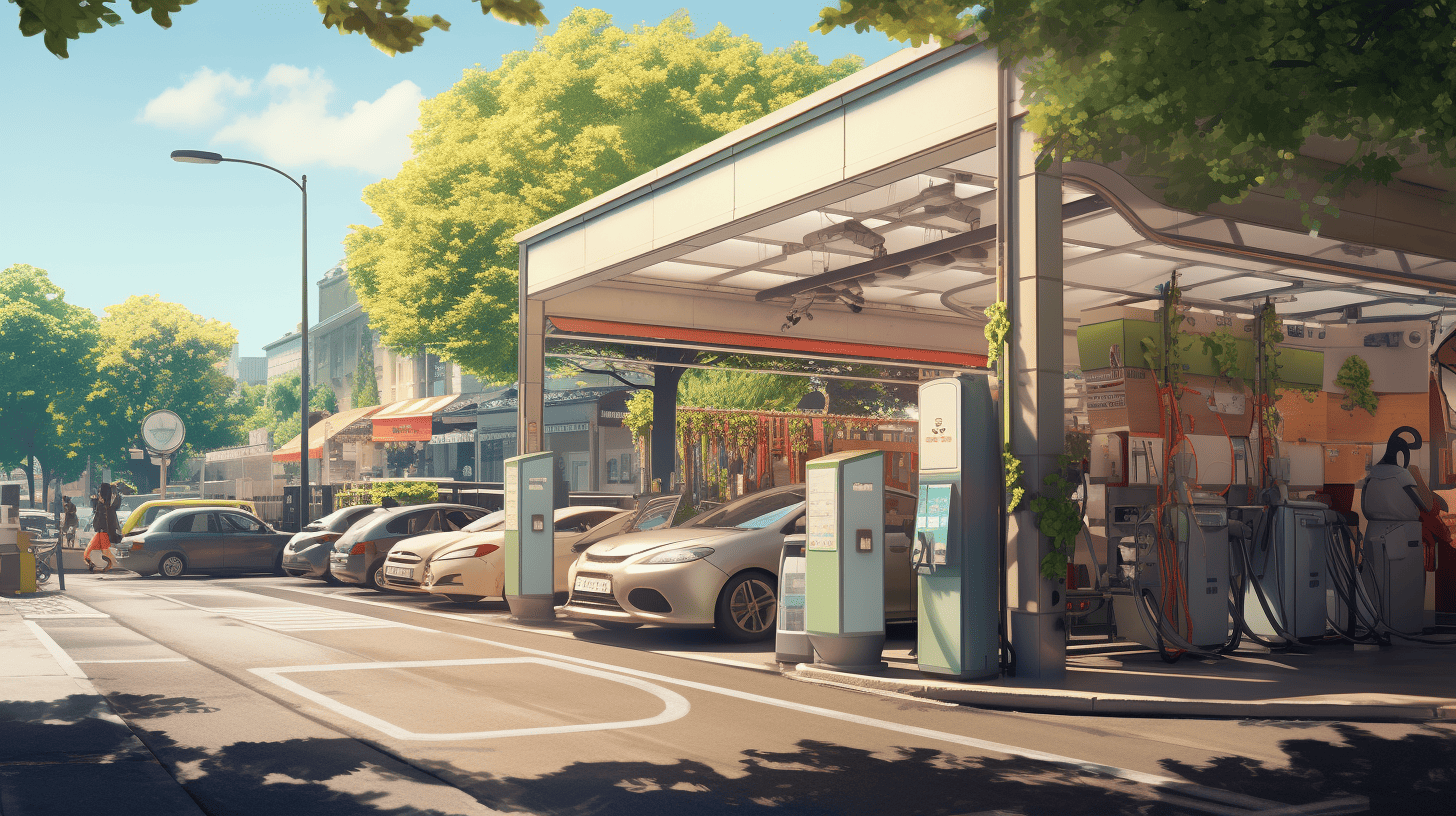
The increasing electrification in society leads to higher peak loads on the electricity grid. Some people are warning for an energy transition that is too fast. Others are hopeful for a fully electric future. In a report commissioned by the Dutch Topsector Energie program, more than 100 potential solutions are offered, all focusing on maximizing the capacity of the existing or upcoming electricity network to accelerate the energy transition. In a 12-part series, Innovation Origins spotlights the twelve most promising solutions. This is part 3: Reducing Phase Imbalance.
- The Dutch Topsector Energy collected 100 ideas to solve the issues around grid congestion.
- One of the twelve most powerful ideas is to solve imbalances in the electrical phases.
- It contains solutions around technology, legislation, and distribution.
Most people are unaware of the existence – let alone the importance – of phases in our electricity system. Just as a reminder:
“Reducing Phase Imbalance” addresses a growing issue in the low-voltage network. The low-voltage network operates using alternating current with three phases. A significant load on one phase compared to the others results in a phase imbalance, also known as voltage asymmetry. This imbalance can be caused by an uneven distribution of single-phase connections on a cable or by three-phase connections with an unequal load distribution across the three phases.
The unequal load can occur due to consumption or even the decentralized generation feed, such as solar panels. Homeowners with solar panels are increasingly experiencing inverters shutting down because the cable/phase is overloaded. Some situations have been remedied by changing the phase of the inverter. Better distribution of usage across the three phases can enhance the utilization of the low-voltage network. This can be achieved by:
- Promoting or mandating the use of three-phase devices: This includes inverters and charging stations.
- Technical Solutions: These involve switching the used phase(s).
- Monitoring and steering for better distribution ensures a more even spread across the three phases.
Although network operators have policies aimed at evenly distributing connections across the three phases, imbalances still occur in practice. Tightening policies or introducing additional measures can contribute to better distribution. For single-phase connections, it’s essential to distribute the connections evenly across the phases. For three-phase connections, it’s crucial to distribute the load of the installation behind the connection, especially for generation. Network operators could also play a more directive role in realizing connections by data-driven identification of the most suitable phase. Both the technical and legal possibilities for this should be further explored, the report advises.

Spreading the use
So, by better spreading the use of the three phases, the low-voltage grid is better utilized. Research in the United Kingdom gives an indication of the problem: more than half of the low-voltage stations surveyed had phase imbalance, with the difference between the most used and least used phase exceeding 50 percent. The load capacity of the low-voltage grid can increase by tens of percent as a result of improved load balancing.
Although grid operators have policies aimed at distributing connections equally among the three phases, in practice, there is an imbalance. Tightening policies or additional measures can help improve load balancing. The grid operator could also take a more directive role in realizing connections by data-driven consideration of the most appropriate phase. A possible alternative could be to switch to the smart meter. Network operators could thus take control of the phase balance by actively switching themselves, without depending on the cooperation of users. This could, however, have both technical and legal consequences.

Phase switches for connections are already available on the market but are pricey for individual customers. Moreover, the benefits are not exclusively for the customer but for the neighborhood, neighborhood, and society. These switches could be deployed in areas with high phase imbalance, subsidized by the grid operator or the government. This could prevent or postpone aggravation.
Government measures
The government can take measures to lower the limits for when appliances or connections must be three-phase. In the Netherlands, the most prominent single-phase connection is 1 x 40 amps, or 9 kW, and power electronic converters with a rated power greater than 5 kW must generally be connected to three phases. In Germany, all appliances that use or generate more than 4.6 kW must be 3-phase. In Switzerland and Austria, the limit is even 3.7 kW. In addition, in Germany, devices from an output of 11kW, such as charging stations and PV generation, must be notified by the installer to the grid operator. This gives the grid operator more insight of the load on the low-voltage grid.
Three-phase solutions (for charging stations/inverters) tend to be more expensive when installing charging stations or solar panels. So, the business case for an individual or company more often falls on the 1-phase. However, there is a social value of 3-phase equipment. A targeted subsidy could bridge the difference between the private and societal business cases. It could also be required that decentralized generation or consumption above a certain capacity must have a three-phase connection and inverter.







